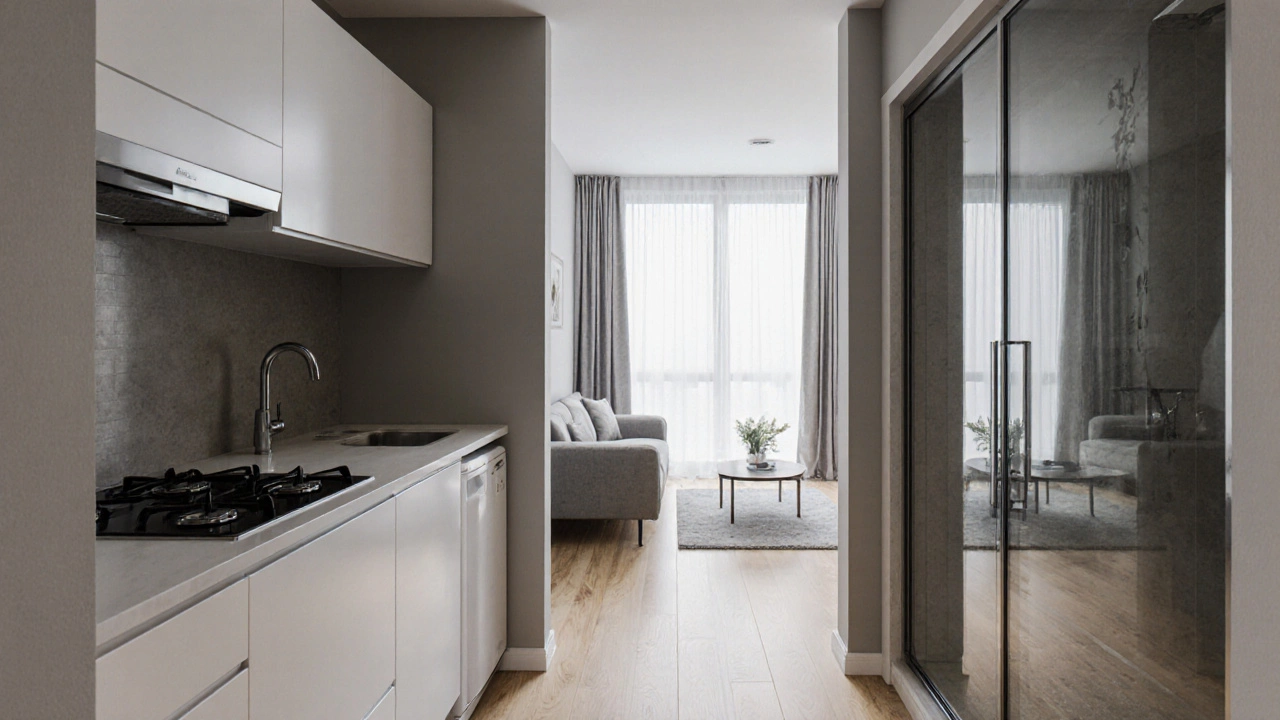400 sq ft Apartment: Small Space Living, Management Tips & Buying Options
When considering a 400 sq ft apartment, you’re looking at a compact living unit roughly the size of a modest studio, often found in city centers. Also known as a small apartment, it offers a cost‑effective entry point to homeownership or renting. This space falls under the broader concept of compact living, maximizing functionality in limited square footage, which requires smart layout planning and multi‑purpose furniture.
Key Considerations for 400 sq ft Apartments
A 400 sq ft apartment encompasses compact living and often brings specific rental rules. Effective rental property management, handling tenant screening, maintenance, and legal compliance becomes crucial when landlords lease such small units, especially in markets with strict rent‑increase limits. Knowing the local rental laws helps you avoid surprise hikes and ensures fair lease terms. For tenants, understanding security‑deposit requirements and notice periods can prevent costly disputes.
Space‑saving starts with zoning the floor plan into three zones: sleeping, living, and working. A low‑profile platform bed with drawers underneath eliminates a separate dresser while freeing floor area. Wall‑mounted shelves keep books and décor off the floor, creating an airy feel. Mirrors amplify natural light, making the unit appear larger than its 400 sq ft footprint. Investing in fold‑away tables or a wall‑mounted desk lets you switch between dining and work without crowding the room.
Storage hacks go beyond furniture. Think about vertical space: tall cabinets, hanging organizers, and over‑door racks add capacity without sacrificing square footage. Decluttering is a habit, not a one‑time event; rotating seasonal items in and out of storage keeps the living area functional. When you rent, ask the landlord about built‑in storage options or the possibility of adding a closet system; many owners are open to upgrades that increase property value.
Financing a 400 sq ft apartment often means exploring alternative purchase routes. Many buyers turn to rent‑to‑own, a hybrid lease‑purchase option that lets tenants build equity over time. This model can lower the upfront cost while giving you a pathway to ownership, but it also introduces hidden fees, higher overall payments, and strict maintenance clauses. Run the numbers: compare the total amount paid under a rent‑to‑own agreement with a conventional mortgage, factoring in property taxes, insurance, and expected appreciation. If the rent‑to‑own price exceeds market value by a large margin, the deal may become a costly trap.
Another angle is treating the unit as an investment. Small apartments often yield higher rental percentages because the purchase price is lower, but they can also attract higher tenant turnover. Understanding the local demand for compact units—students, young professionals, or downsizers—helps you set realistic rent expectations. Use the 5 % rule or the 5 percent rule to gauge whether the rental income will cover mortgage, taxes, and maintenance. When you own, be ready to manage the property yourself or hire a management company; the latter adds cost but can save time and ensure compliance with local landlord‑tenant laws.
Lastly, consider the long‑term livability of a 400 sq ft space. Think about future needs: will you need a home office, a larger kitchen, or more storage? Some owners redesign the unit later, knocking down non‑load‑bearing walls or adding a loft to increase usable area. Research zoning regulations before you buy, as many cities restrict structural changes in low‑rise buildings. Planning for adaptability now can prevent expensive renovations down the line.
Below you’ll find a curated set of articles that dive deeper into space‑saving ideas, rental‑law updates, and rent‑to‑own strategies tailored for small‑unit living.
What a 400sqft Apartment Looks Like - Layout, Design & Living Tips
by Arjun Mehta Oct 8 2025 0 ApartmentsExplore what a 400sqft apartment looks like, from floor‑plan layouts and furniture hacks to costs, pros, and design tips for compact urban living.
READ MORE